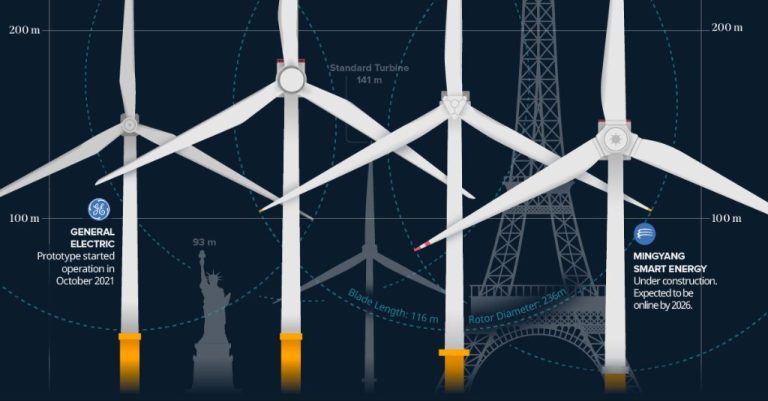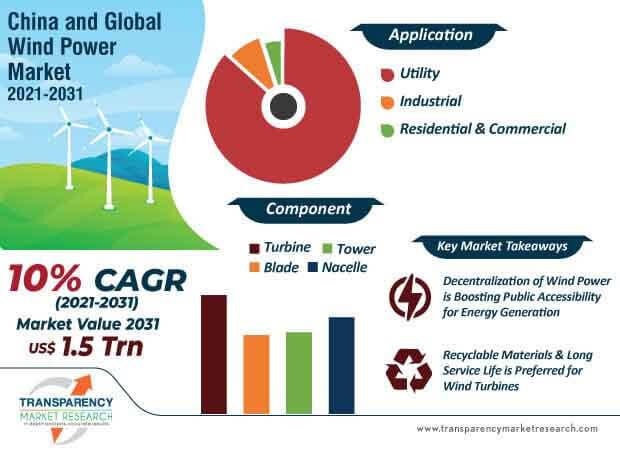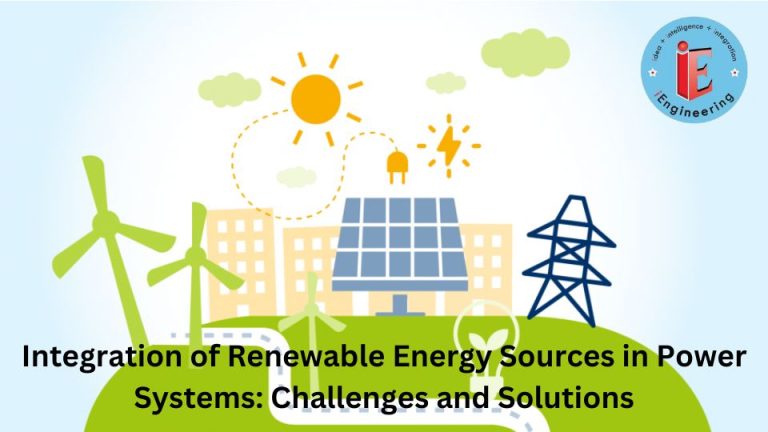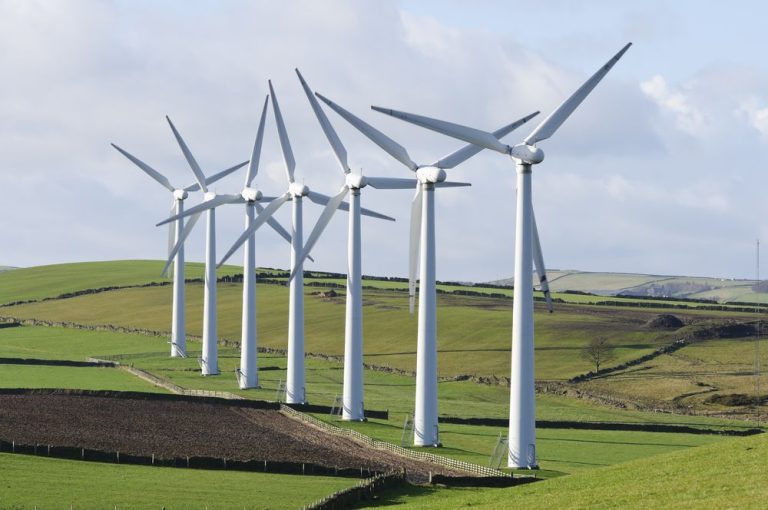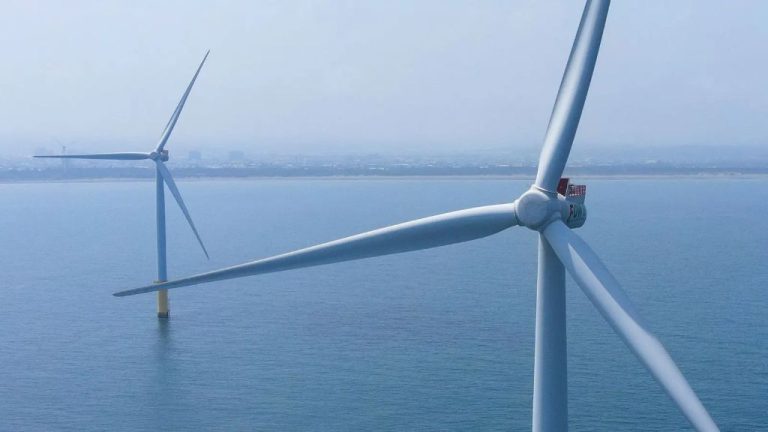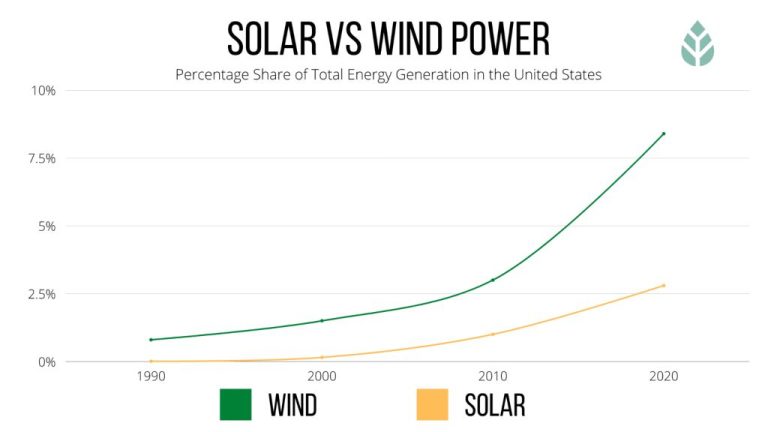What Type Of Renewable Power Is Safest For Wildlife?
As the world moves towards more renewable and sustainable energy sources, it’s important to consider the potential impacts these technologies may have on wildlife. Different renewable energy sources like solar, wind, hydroelectric, geothermal and biofuels can affect wildlife in different ways. Some technologies may disrupt habitats, while others can cause direct mortality to birds and bats. When deploying renewable energy systems, it’s critical that we balance the need for clean energy with minimizing harm to wildlife populations and ecosystems.
This article provides an overview of various renewable energy sources and evaluates their relative safety for wildlife. It analyzes peer-reviewed research and environmental impact assessments to compare how technologies like solar photovoltaics, wind turbines, hydropower dams and others affect animals. The goal is to inform discussions around deploying renewable energy in a responsible manner.
Solar
Solar power has relatively low impacts on wildlife compared to other renewable energy sources (Source 1). Solar photovoltaic (PV) panels can be installed on rooftops or integrated into buildings, avoiding land use change and habitat loss that affects wildlife (Source 2). At the utility scale, proper siting of solar projects in low value or previously disturbed habitats can minimize habitat loss and fragmentation. The risks to wildlife are primarily associated with very large solar PV or concentrated solar power plants in desert environments. The main risks in these cases are habitat loss and disruption of movement corridors for desert species (Source 3). Overall, solar power has fewer detrimental effects on wildlife compared to other renewable sources, especially if properly sited and integrated into the built environment.
Wind
Wind power can have detrimental impacts on birds and bats. Wind turbines can injure or kill birds and bats through collisions or barotrauma. According to Park (2013), wind turbine blades can strike birds and bats that fly into their path. The tips of the blades can reach speeds of over 200 mph, causing traumatic injuries or death on impact. Barotrauma, which involves damage to air-containing structures caused by rapid changes in air pressure near turbine blades, is another cause of mortality.
Bat fatalities are particularly high near wind turbines. Bats are susceptible to barotrauma from the areas of low pressure that form around spinning turbine blades. Their large, delicate lungs are vulnerable to rapid pressure changes. One study found that bat fatalities per installed megawatt were more than five times higher for wind turbines compared to other energy sources (Park, 2013).
Strategic placement of wind turbines away from major bird migratory routes and bat habitation areas can help reduce impacts. Curtailing operations during peak migration and bat activity periods may also minimize mortality events when risk is highest.
Hydroelectric
Of all renewable power sources, hydroelectric dams likely pose the greatest threat to aquatic wildlife. The dams themselves block fish migration routes, preventing access to spawning grounds upstream. The reservoirs created by dams also inundate land, destroying forest and wetland habitats. Water released from dams comes from deeper colder parts of the reservoir, causing downstream water temperatures to decrease and disrupting fish habitats. Hydroelectric facilities often have requirements to release minimum flows from dams, which prevents natural flow patterns that fish and other wildlife rely on. Overall, hydroelectric dams fragment river ecosystems, drastically alter habitats, and disrupt natural migration patterns for fish and other aquatic species.
Geothermal
Geothermal energy has a relatively low surface footprint compared to other renewable energy sources like solar and wind farms. Geothermal plants utilize the Earth’s internal heat by tapping into underground reservoirs of hot water and steam. The steam rotates a turbine to generate electricity, while the hot water can be used directly for heating or industrial processes. Most of the infrastructure is built underground or submerged, like well pads and pipelines, so geothermal developments have a smaller visible footprint.[1]
This helps minimize habitat loss and fragmentation that can impact wildlife. Geothermal fields are compatible with some multiple land uses, enabling wildlife migration and grazing to continue. For instance, the geothermal features of Yellowstone National Park coexist with the wildlife and natural features of the protected area.[2] The Bureau of Land Management often permits geothermal leasing on public lands while safeguarding wildlife habitats and conservation.[3]
Biofuels
The large-scale production of biofuel feedstock crops like corn, soybeans, and palm oil is leading to significant habitat loss and threatening biodiversity. According to The Guardian, the Kenyan wetlands, home to hippos, fish eagles and migratory birds, are being drained to make way for biofuel plantations. As native vegetation is cleared, many species are losing their natural habitats.
Advanced Hardwood Biofuels Northwest acknowledges that while their poplar plantations can provide habitat for birds, the conversion of native landscapes to grow biofuel crops inevitably leads to biodiversity losses. Clearing forests and grasslands for biofuel production negatively impacts wildlife. The large-scale monocultures of biofuel crops lack the plant diversity that many species rely on.
Tidal
Tidal power generates electricity from the natural ebb and flow of ocean tides. Tidal stream generators and tidal barrages are the two main types of tidal energy technologies. Tidal stream generators rely on underwater turbines that are spun by tidal currents, while tidal barrages utilize dams built across tidal basins to harness the flow of water (“Our blog, Collective Chatter”). While tidal power is renewable and produces no greenhouse gas emissions, there are some concerns regarding its effects on marine ecosystems.
Tidal turbines may pose collision risks for marine mammals, fish, and diving seabirds. The underwater noise and electromagnetic fields from turbines could also impact marine animal behavior and migration patterns. However, studies show collision risks can be minimized through proper turbine spacing and low rotor speeds. With thoughtful design and siting strategies, tidal projects can be engineered to avoid critical habitats and migration corridors (“the cost of waste in the us fishing industry”).
Tidal barrages have greater ecosystem impacts, as they involve constructing dams across tidal estuaries. Barrages can prevent fish migration, alter water flows, increase siltation, and degrade intertidal mudflat habitats that support shorebirds and nursery areas for fish. Careful environmental assessment and mitigation measures are required. But overall, tidal stream generators are preferable over tidal barrages due to lower ecosystem impacts.
Wave
Wave power is considered one of the more environmentally friendly forms of renewable energy, but it is not without some impacts on wildlife and habitat. One concern with wave energy devices is noise pollution. The mechanical operation of wave energy converters creates noise that can disturb marine mammals that rely on sound for communication, hunting, and navigation (Environmental Goods & Services). Strategic placement away from migration routes and sensitive habitats, as well as insulation and noise reduction techniques, can help mitigate this impact.
Additionally, electromagnetic fields (EMFs) generated by subsea cables transmitting electricity from wave devices may affect the behavior, reproduction, or navigation of sensitive species like sharks, fish, and seals (줄리정 불법 아이엘츠 Speaking). Proper siting and shielding of cables can reduce EMF impacts. Overall, with careful planning and mitigation strategies, wave power can be implemented with relatively low environmental impacts compared to other energy sources.
Overall Assessment
When comparing the wildlife impacts of different renewable energy sources, some general trends emerge. Solar and geothermal tend to have minimal effects since they don’t require large infrastructure or land disturbances (https://energy5.com/the-impacts-of-renewable-energy-on-wildlife-and-biodiversity). However, other sources like wind, hydroelectric and biofuels can disrupt habitats and migration pathways for birds, bats, and land animals. For example, wind turbines are known to kill birds and bats that collide with the rotating blades (https://cnr.ncsu.edu/news/2019/11/renewable-energy-wildlife-conservation). And large hydroelectric dams flood valleys and block fish migration routes. Creating biomass energy plantations reduces biodiversity by converting native habitat into monoculture farming. Overall, renewable energy has far less impact than fossil fuels. But more research is still needed to develop renewable energy in ways that protect vulnerable species and habitats (https://defenders.org/blog/2021/08/renewable-energy-and-wildlife-can-coexist-and-they-must). Most experts agree renewable energy and wildlife conservation can coexist through careful planning, siting, and mitigation strategies.
Conclusions
Based on the research, solar and wind energy appear to be the safest renewable energy options for wildlife when sited properly. Hydroelectric can be problematic for fish populations, and biofuels compete for land that could otherwise serve as wildlife habitat. While no energy source is completely free of impacts, responsibly sited solar and wind farms avoid many of the habitat disruptions caused by dams and biomass plantations.
When developing any new energy project, conducting thorough environmental impact assessments and selecting locations away from critical ecosystems and migration routes can help minimize harm to wildlife. Solar and wind technologies are improved constantly to become more efficient, cheaper, and safer for birds and bats. With conscientious siting and planning, renewable energy can play a vital role in mitigating climate change – itself a massive threat to biodiversity – while still protecting vulnerable species and habitats.
In summary, solar and wind power, paired with comprehensive environmental reviews and proper siting, are the safest and most sustainable renewable energy choices for wildlife conservation.

